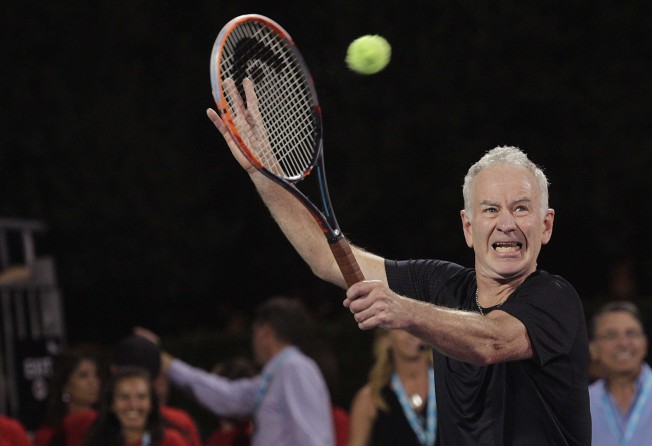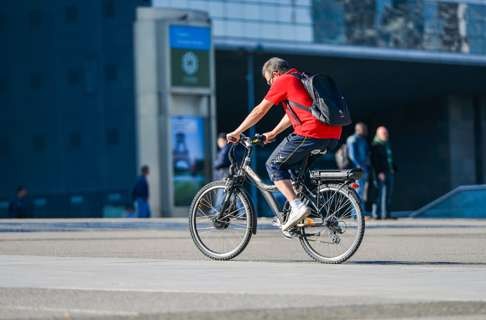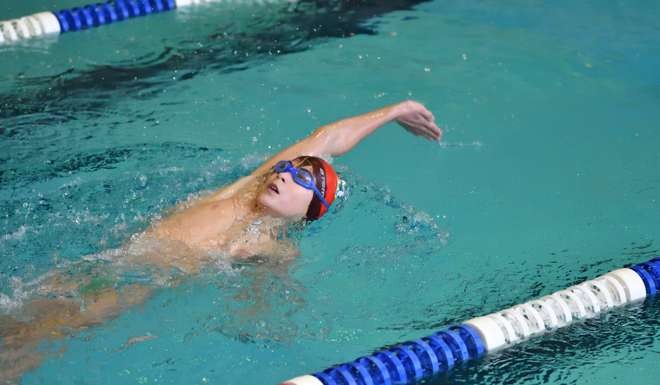Four types of exercise that help you live longer, according to science, and why running and soccer aren’t among them
People who swim, ride a bicycle, do aerobics or, above all, play racquet sports are at significantly lower risk of dying compared to those who don’t, nine-year study of 80,000 adults shows

Want to live longer? Swim, cycle, pick up a racquet sport or practise aerobics – rather than run or play soccer. That’s the finding of a study published in the British Journal of Sports Medicine that tracked more than 80,000 adults in England and Scotland for an average of nine years.
While any physical activity will have some health benefits, an international research team found that swimming, aerobics and racquet sports (such as badminton, tennis and squash) were associated with significantly reduced risk of death from all causes and particularly from cardiovascular disease, compared to survey respondents who said they had not done any of these sports. Cycling was also linked with a significantly reduced risk of death from all causes but not cardiovascular disease.
The researchers, led by a team from the University of Sydney, reached their conclusions after taking into account potentially influential factors such as age, sex, long-standing illness, frequency of alcohol consumption, psychological distress, body mass index, smoking status, education level, doctor-diagnosed cardiovascular disease and weekly physical activity volume.
For running or soccer, the researchers did find a 43 per cent reduced risk of death from all causes and a 45 per cent reduced risk from cardiovascular disease among runners and joggers when compared with those who didn’t run or jog, but this apparent advantage disappeared when all the potentially influential factors were accounted for.
“Our findings indicate that it’s not only how much and how often, but also what type of exercise you do that seems to make the difference,” says the study’s senior author, associate professor Emmanuel Stamatakis from the Charles Perkins Centre, faculty of health sciences and school of public health at the University of Sydney.
“Participation in specific sports may have various benefits for health. These observations with the existing evidence should support the sport community together with other sectors to design and implement effective health-enhancing exercise programmes and physical activity in general.”

Compared with study participants who did not participate in the corresponding sport, risk of death from any cause was:
47 per cent lower among those who played racquet sports
28 per cent lower among swimmers
27 per cent lower among those who participated in aerobics
15 per cent lower among cyclists.
Compared with study participants who did not participate in the corresponding sport, risk of death from cardiovascular disease was:
56 per cent lower among those who played racquet sports
41 per cent lower among swimmers
36 per cent lower among those who participated in aerobics.
In all, the analysis included 80,306 adults with an average age of 52, drawn from 11 nationally representative annual health surveys for England and Scotland that were carried out between 1994 and 2008. In each of the surveys, participants were quizzed about what type and how much physical activity they had done in the preceding four weeks, and whether it had been enough to make them breathless and sweaty.
Physical activity included walking, heavy duty domestic chores, gardening, and DIY/maintenance, and the six most popular forms of sport practised – cycling, swimming, racquet sports, aerobics, soccer and running.

Only a few of the survey respondents said they played soccer or rugby regularly, which might explain the apparent low impact of these activities on death risk in this study, say the researchers.
For some sports, the higher the intensity, duration, and volume, the greater was the reduction in risk, while for others a U-shaped curve emerged, indicating that lower intensity might be better than higher intensity or no participation at all. But due to the small number of deaths involved (11 per cent of the study population), these findings should be regarded as preliminary, say the researchers.
This is an observational study so no firm conclusions can be drawn about cause and effect, added to which the relatively short recall period, the “seasonality” of certain sports, and the inability to track changes in levels of sports participation throughout the monitoring period, may all have had some bearing on the results, caution the researchers.
Nevertheless, they conclude: “These findings demonstrate that participation in specific sports may have significant benefits for public health.”
The study was a large-scale collaboration between the University of Sydney, University of Oxford, UKK Institute (Finland), University of Edinburgh, and four other international universities.